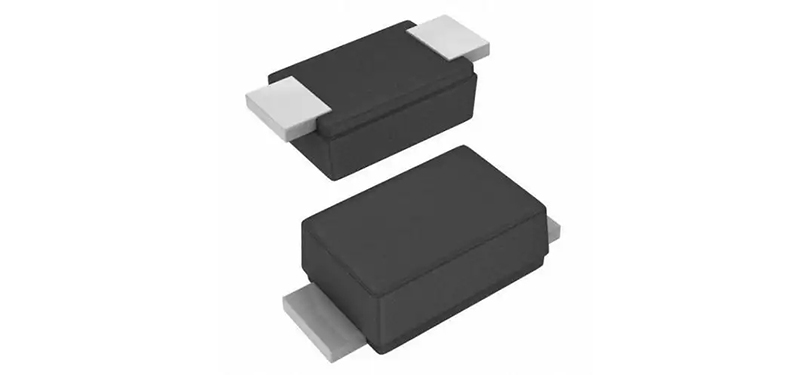

What are the differences between TVS diodes and ESD electrostatic diodes? Below, we will briefly introduce them from three aspects: working principle, application, and power.
1. Working Principle
TVS diodes and ESD electrostatic diodes share the same working principle, both realizing voltage clamping based on the reverse breakdown principle of diodes.
2. Applications
In fact, ESD electrostatic diodes can be understood as a type of TVS diode. That is to say, TVS diodes are a broad category. TVS diodes can be used for anti-static protection, as well as for protecting against electromagnetic pulses (EMP), lightning surges, or overvoltages generated by switching inductive loads. However, ESD electrostatic diodes are generally only used for anti-static protection.
3. Power
ESD electrostatic diodes are usually packaged in SOT23, which is small in size, so their power is also low. In contrast, TVS diodes have much higher power, which is why they have more applications.
4. Parasitic Capacitance
If the application involves high-speed digital I/O lines or high-frequency RF lines, the parasitic capacitance of the protection device will affect the lines and may cause signal distortion. ESD electrostatic diodes have ultra-low capacitance (usually around 0.05pF), so they have a faster response speed and are small in size, making them the optimal solution in such cases.
The above are the differences between TVS diodes and ESD electrostatic diodes.




